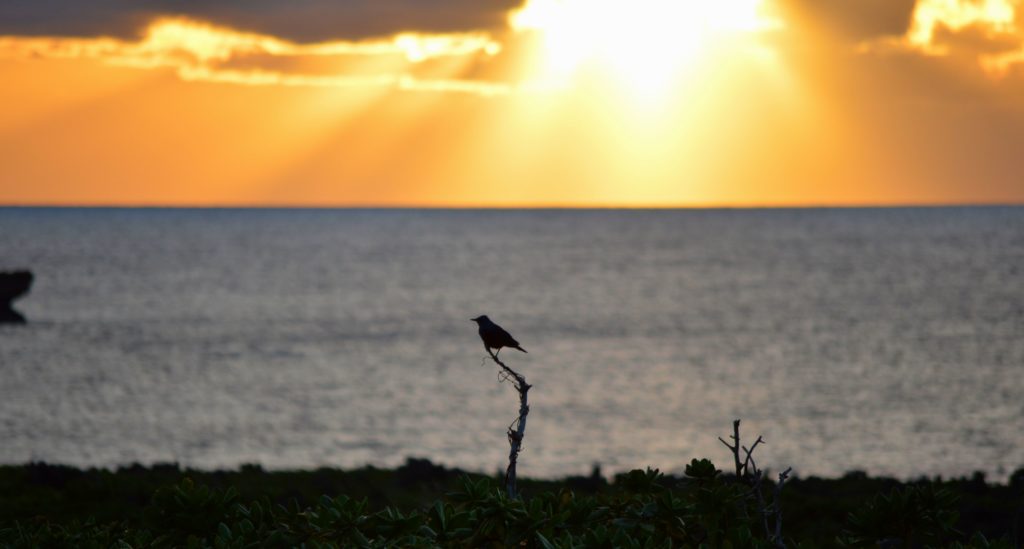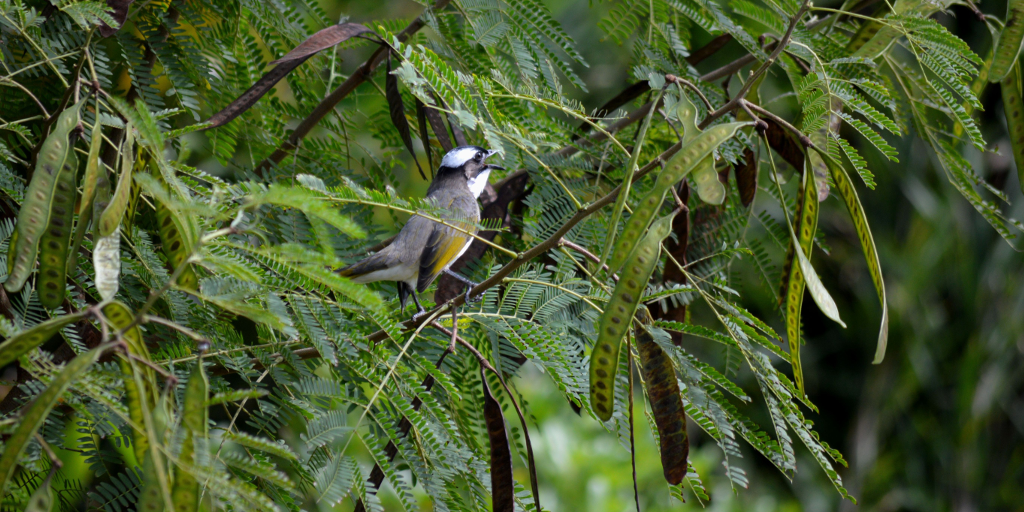- Separating signal from noise in acoustic biodiversity surveys - 17/11/2020
- Sustainable redevelopment: visions of a post-lockdown world - 29/05/2020
- Pedagogy in Portugal - 07/02/2020
The species-area relationship is considered one of the only ‘rules’ in ecology. We have observed more species on larger ‘islands’ (whether true islands or simply some habitat patch of interest) in studies of different plants and animals all around the world. When MacArthur and Wilson (1967) proposed this pattern and the pioneering biogeographical principles which underpin it, they acknowledged that a piece of the puzzle was missing: species identity.
Biogeographers have since recognised that species aren’t randomly distributed across the globe. We now believe there to be ecological factors which predict where species occur. For example, predators can only live in habitats where their prey are sufficiently abundant, otherwise they’ll starve. This led Dominique Gravel and colleagues to predict that larger islands should have more complex food webs, since smaller islands support fewer prey species and so can in turn support fewer, if any, predators (Gravel et al. 2011). They then proposed that predators should be more influenced by island size than their prey, producing steeper species-area relationships for higher trophic levels. They called this idea the ‘trophic theory of island biogeography’, and we decided to test it empirically using checklists of bird sightings across the Ryūkyū archipelago that runs from southern mainland Japan to Taiwan.

Read the full post on Sam’s blog, The Infrequent Musings of an Early-Career Ecologist!
Or read the full paper here:
Ross, S. R. P-J., Friedman, N. R., Janicki, J., & Economo, E. P. (2019). A test of trophic and functional island biogeography theory with the avifauna of a continental archipelago. Journal of Animal Ecology. DOI: 10.1111/1365-2656.13029

